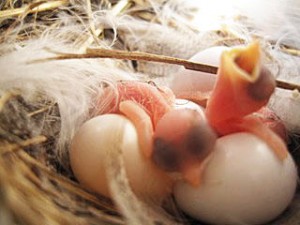SASKATOON, SASKATCHEWAN, CANADA — Christy Morrissey is driving her white pickup truck along the endless prairie highway, windows open, listening for birds. She points to the scatter of ponds glinting in the landscape, nestled among fields of canola that stretch as far as the eye can see.
Formed by retreating glaciers 12,000 years ago and fed each spring by melted snow, these tiny potholes are the lifeblood of the prairies, the kidneys that drain impurities and the cradle that replenishes life.
But when Morrissey looks at these ponds, she sees something few others do. An ecotoxicologist at the University of Saskatchewan, she knows that nearly every pond is laced with neonicotinoids, the world’s most widely used insecticides, deadly to insects at a minute dose of a few parts per trillion.
Like biologist Rachel Carson, whose 1962 book Silent Spring warned about the devastating effects of DDT, Morrissey is mounting a scientific quest to figure out if these new pesticides are harming living things they’re not intended to kill, including birds. She is part of a new […]












